Lost Man Blues Press Kit
For additional press questions, please contact Tamara Brown, Director of Marketing and Communications, at tbrown@nationalvmm.org.
Exhibition Description
Lost Man Blues: Jon Schueler – Art and War transports viewers into the beauty that Schueler, an esteemed, prolific American abstract expressionist, experienced as he flew among the clouds as a World War II B-17 navigator in the U.S. Army Air Corps. This exhibition of 26 oils on canvas and selected passages from “The Sound of Sleat: A Painter’s Life” showcase Schueler’s war-themed paintings as a collective group for the first time. His memories of the skies during combat and his undiagnosed PTSD haunted him and continually found expression in his post-war work. The title Lost Man Blues refers to Schueler’s love of the blues genre of music as well as his experiences related to the loss of a plane in his squadron after a bombing mission over Germany.
Exhibition Sponsors

To download the images, please right click on the image and click “Save Image As”

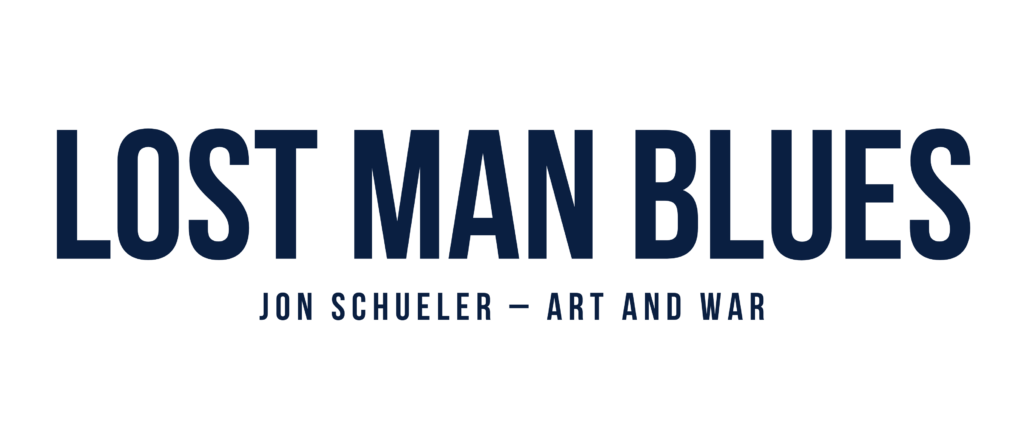
For other formats or higher-res logos, please email Jennifer Nodjak, Marketing & Communications Manager, at jnodjak@nationalvmm.org.
Images MUST be paired with the photo credit.
To download the images, please right click on the image and click “Save Image As.”
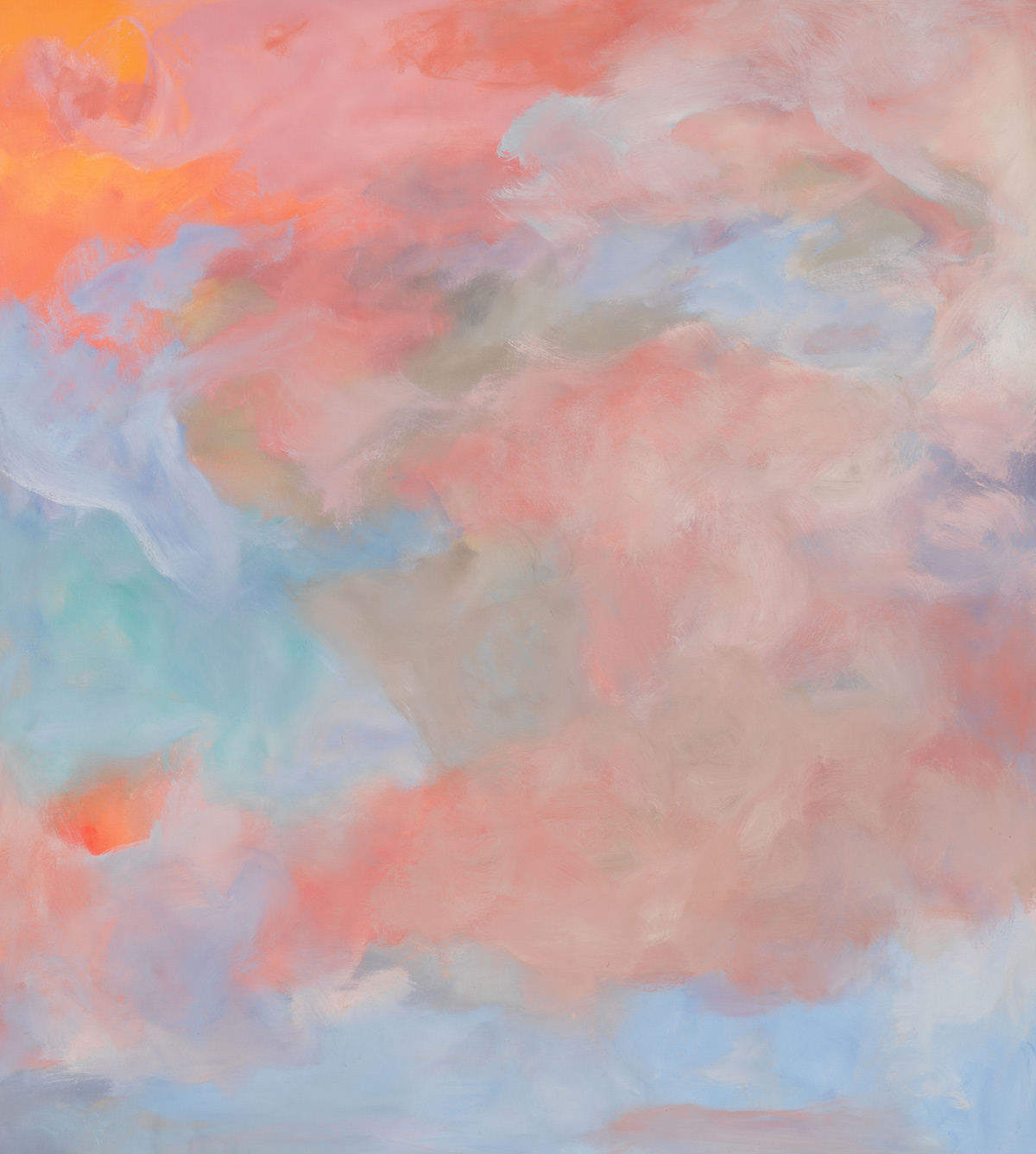
St. Nazaire: Sky Red Blues, November 1982
New York
Oil on canvas
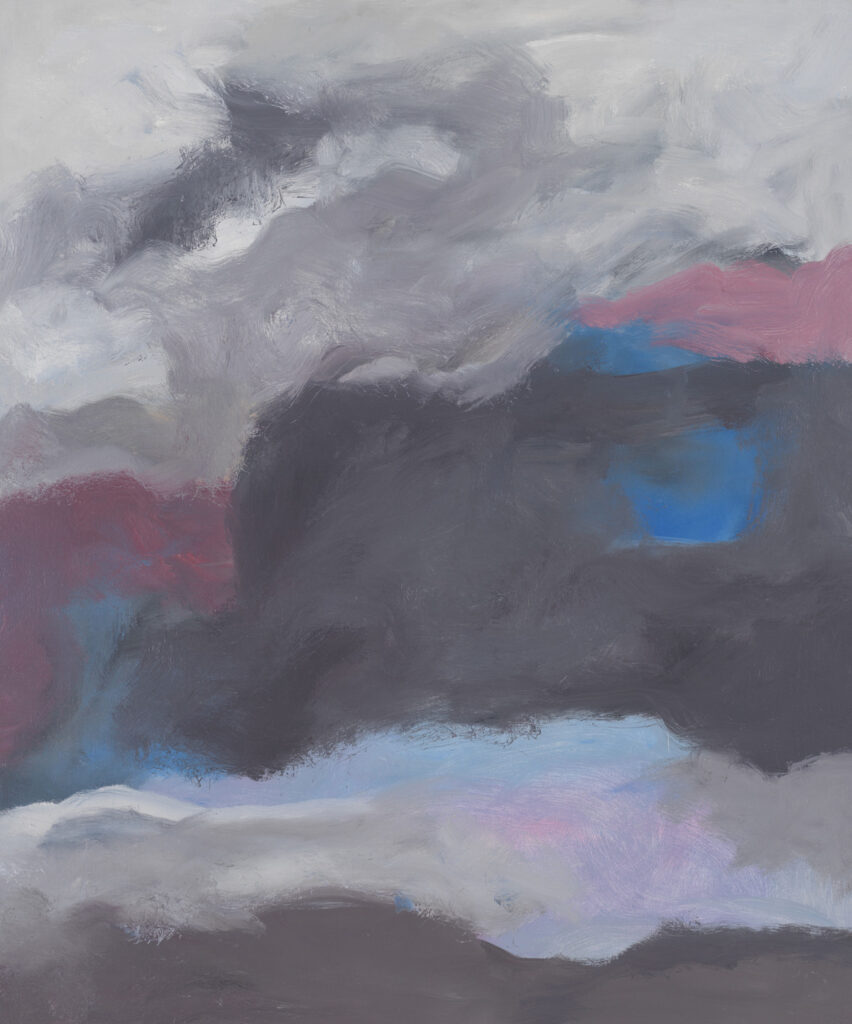
Fly High, October 1984
New York
Oil on canvas
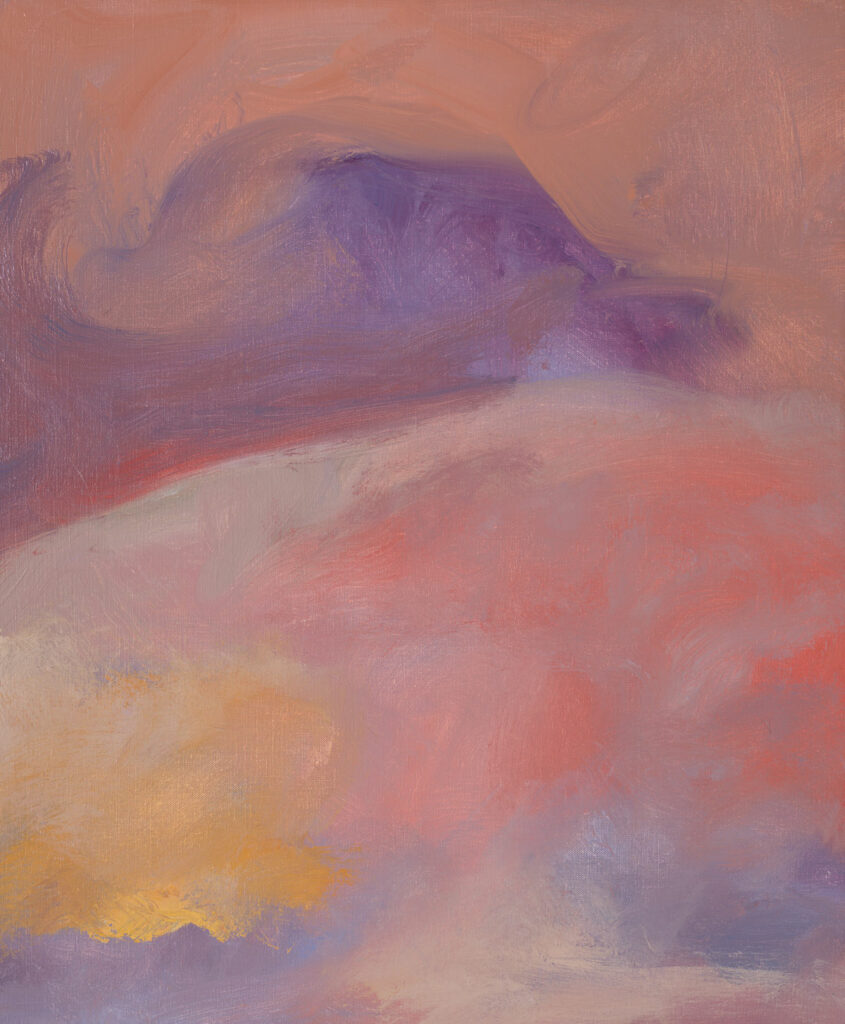
Into Skies, June 1984
New York
Oil on canvas
For additional images or high-res versions, please email Jennifer Nodjak, Marketing & Communications Manager, at jnodjak@nationalvmm.org.
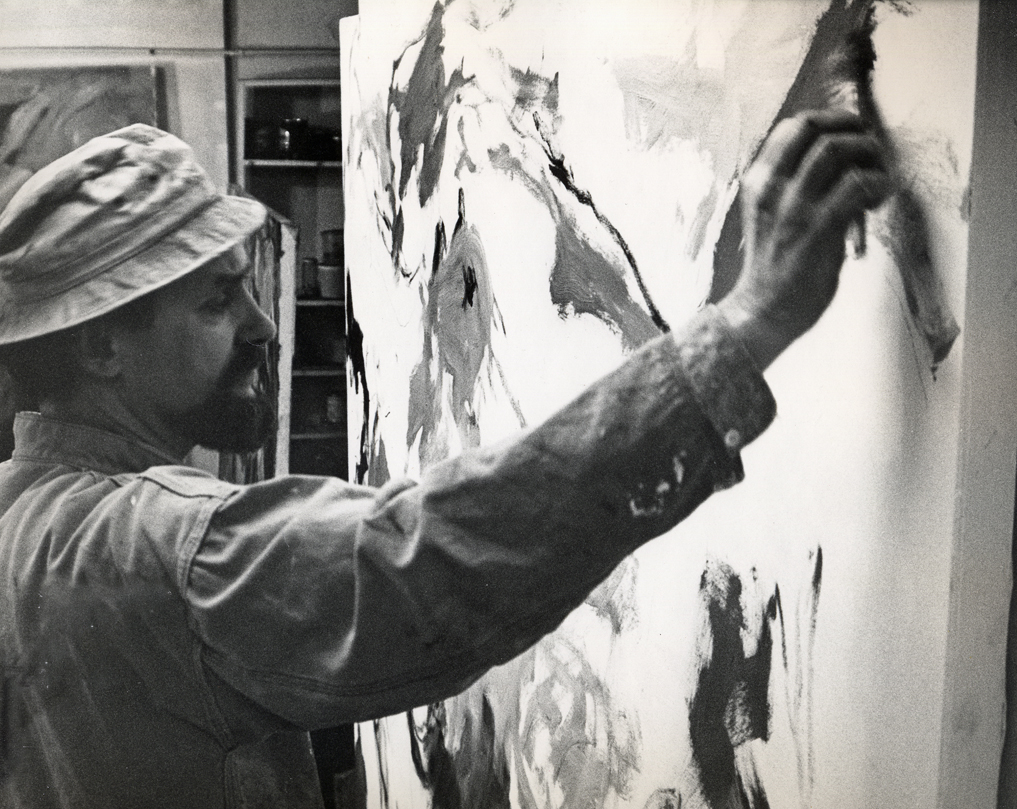
The sky contained all meaning for Jon Schueler. Within its vastness he saw his mother and his lovers, and his own reflection as a warrior. The sky was his all-encompassing template for memory and the source of his creative expression. It was the sketchbook for his imagination and sense of wonder, but it was also his perennial partner in a ceaseless quest for a life filled with meaning, played out in the divide between his sense of failure as an artist and the success displayed in his breathtaking output of paintings.
When Jon Schueler came to the Highlands of Scotland for the first time, he found the literal geographical place that had inhabited his dreams for a very long time. He felt that the truth, his truth, was in northern light, and he kept searching for it until he found it in the sky as he looked westward from the rugged coast of Scotland along the Sound of Sleat and towards the Isle of Skye, with the islands of Rhum and Eigg in the distance. The small fishing village of Mallaig and his later home and studio in a former schoolhouse renamed Romasaig became the resting places for his determination and inspiration, where he would assert his will to be a painter and his desire to live within his paintings.
Born on September 12th, 1916, in Milwaukee, Wisconsin, Jon Schueler didn’t set out to be an artist—he had envisaged being a writer. World War II interrupted that plan, and in 1941 he joined the United States Army Air Corps and became a B-17 navigator and was sent to Molesworth, England the following year. He flew on numerous missions over Germany and France with the 303rd Bomber Group, 427th Squadron, and was one of only two men from the crew of the “Bad Check” to survive the war. He was hospitalized in the spring of 1943 because of exhaustion and anxiety and given medical retirement in 1944, a result of undiagnosed Post-Traumatic Stress Disorder (PTSD). He returned to the United States and settled in California, first in Los Angeles where he took his first-ever painting class, and then in San Francisco where from 1949 to 1951 he studied full time at the California School of Fine Arts. This would prove to be a pivotal point in his life, as his studies with Clyfford Still, Richard Diebenkorn, David Park, Hassel Smith and Mark Rothko, a visiting professor in the summer of 1949, would awaken and inspire what became his life’s path as an artist.
Clyfford Still encouraged Schueler to move to New York City, which he did in August 1951, and introduced him to his friends, Barnett Newman, Franz Kline, and Ad Reinhardt, among others. He visited Mark Rothko’s studio and flourished in this milieu of Abstract Expressionist painters, where the sanctioning of emotional intensity and creative spontaneity gave rise to this innovative post-war movement.
A restless sense of confinement gradually took hold of him in New York, eventually spurring him on in 1957 to seek a different environment in which to work, one with fewer distractions and the antithesis of the noisy dense city. Growing up in Milwaukee by a lake, Jon Schueler experienced changeable weather and seasonal shifts in light in a natural setting. This formative
experience would inform his impulse to place himself—without fully understanding why—in a kind of creative exile in Scotland, which braced and centered him for months, and then years at a time, over decades.
He found solace and familiarity in this wild-hearted and all-enthralling locale, capped by the perpetual motion of the sky, where his own human nature could merge with the actual seascape and skyscape. This was the place where he trusted himself to remove the layers of self-deception, where he was inspired to express in paint the pain from the early loss of his mother, who died when he was six-months old, as well as the heartache from dissolved love affairs and marriages. It was also the place where he could embed the memories of the sky for further exploration when he was painting in New York and elsewhere.
Jon Schueler painted quickly in inspired bursts of energy charged with his full life force, dominating the paint and the canvas while dueling with his own inner conflicts, which he not only acknowledged but also consciously courted. Vigorously responding to the emotions evoked by the clouds, sky, sea, and land, his life-blood metaphorically pulsed through his paintings, and without realizing it, he slowly started healing his unseen war wounds. He gradually came upon the years that would reveal his war-themed paintings, which he made in New York from 1979 to 1989, when he could reimagine those indelible traumatic memories.
The subject of his acute war trauma and the burden of his PTSD—the result of his experiences as a navigator who sat armed yet physically detached in the highly vulnerable plexi-glass nosecone of a B-17—would not emerge so strikingly in his paintings until then. He was haunted by these war memories and the overwhelming responsibility of determining life and death and destruction on the ground below and in the skies. He suffered the
continual loss of men in his squadron and also struggled with deep guilt over the last-minute change of plans (precipitated by his decision to marry while he was still in training in El Paso, Texas in 1941) that resulted in his escaping the practice flight that killed the whole crew in a tornado. This perceived alteration of fate never found a place of reconciliation within his psyche.
Jon Schueler’s war-themed paintings do not just reflect the horrors that he witnessed during the war, but also his awe of the beauty that he beheld as he literally flew in the clouds, and watched the sky and the horizon constantly change in a kind of surreal cinematic display. Many of his paintings, made over the decades, are from the memory of that elevated perspective in the sky.
This is the first exhibition that showcases Jon Schueler’s war-themed paintings as a collective group, revealing a cohesive vision that specifically shows how his war experiences and lingering PTSD informed his creative expression. “Lost Man Blues” refers to Schueler’s love of the blues genre of music, but also to the loss of a plane in his squadron after a bombing mission over Germany. “Grey Death Rising” soberly anchors this body of work in the simple truth that death is ever-present and can come at any moment during war. “Wing Shadow Over Grey Sea” touches on the memory of his unique perspective as a B-17 navigator, and turns it into a profoundly beautiful and sorrowful painting that reminds the viewer of the devastating implications of the bombing missions.
This group of war-themed paintings is juxtaposed with a smaller group of paintings, made between 1968-1985, which reveal the subtle and dramatic seasonal transformation of the sky over the Sound of Sleat: winter light, a diffused sun, quiet dawns, and the visual dance between shadows and ethereal reflections. These paintings complement the war-themed paintings as their inspiration comes from the same geographical location while their emotional content provides a striking contrast: they are not about war or pain, but about Schueler’s regard for the majesty of the realm of the sky. Witnessing the perpetual changes in the weather kept Jon Schueler’s attention very much in the present, affording him alluring vistas that would
serve as a salve to overlay the visual memories of war held deeply within his mind’s eye.
When regarding the arc of an artist’s life and career, we find that his or her own words and thoughts provide the most telling details and authentic backdrop to the work and convey its full breadth. Because of the physical nature of art, it can only tell part of the story at any one time, but the binding together of years of personal writings reveals the artistic journey in its totality and offers the most meaningful context.
Over the course of three decades, Jon Schueler wrote thousands of pages and deliberately conserved them by date as a testimony to his life. These writings were condensed into his autobiography, The Sound of Sleat: A Painter’s Life, and it is through his self-portrait in words—recollections, ruminations, personal letters and business correspondence—that we get an acutely self-aware record of his creative process. This achingly human, invaluable documentation of a painter’s life reveals his inextinguishable drive to remember and analyze, to write and to paint.
Dated excerpts from The Sound of Sleat that express both his detailed war experiences and his intellectual reflections on being an artist accompany the paintings as a means of witnessing and conveying the full range of Jon Schueler’s creative expression. Through his words we can also hear his voice, which draws us further into the emotional resonance of his paintings.
For Jon Schueler, nuance and expansiveness punctuate all his paintings, and the sky was his constant and inexhaustible subject. The questions were all there, and the answers too, which came in with the tempo of time through his maturation process as a man and as an artist. The mystery was there as well, within the perceptible drama of the rapidly changing light and weather over the Sound of Sleat, captured within a wide-ranging palette of colors, from pastels to crimson, and grays, blacks, and whites.
Jon Schueler left an enduring legacy marked by courage, in which the effort needed to plumb the depths of memory, love, and loss come through with every distinctive brushstroke and layer upon layer of paint, as though they were the encrypted layers of time applied throughout a lifetime.
It is within transcendent creative moments, hours and days that the painter becomes the canvas and the paint and the brush– when the hand moves without effort or impediment like the wind over an ocean. An artist lives for this time even if it is fraught with emotion, struggle, or torment, for it is an integral part of his or her very being. An artist’s journey has no beginning and no end, just the continuum of expression, until death.



